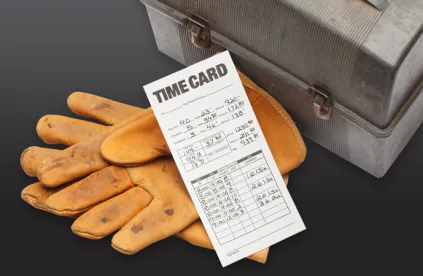Now that you’ve successfully filed your 2017 VETS-4212 reports, it’s time to focus on EEO-1 reporting. Most employers are not accustomed to focusing on EEO-1 reporting going into a new year, but following the filing reprieve in 2017, employers need to make sure they are prepared to file in 2018.
As previously reported, federal contractors and other Title VII employers sighed collective relief when the federal government announced the indefinite suspension of the requirement to report W-2 pay data in the 2017 reporting cycle.
The EEO-1 Joint Reporting Committee later clarified the following:
- The deadline to file EEO-1 reports for 2017 is March 31, 2018;
- The Reports must be based on a payroll period in October, November or December, 2017; and,
- Filers may use the same EEO-1 form used in 2016.
Perhaps to atone for separating the VETS-4212 and EEO-1 reporting deadlines VETS has also clarified that all federal contractors may pull a single data snapshot as of December 31, 2017 for both the EEO-1 report to be filed by March 31, 2018, and for the VETS-4212 report to be filed by September 30, 2018.
While the timing of the submission of the reports will remain different, employers looking for efficiencies can use a single snapshot as of the previous year’s December 31st, but are not required to do so: employers may use any payroll period in the 4th quarter each year.
There is an added benefit for those contractors using a calendar-year AAP cycle: the December 31, 2017 workforce snapshot may also be used for your 2018 plans.




 />i
/>i

